ONT (Optical Network Terminal): A Detailed Guide
Table of content
Introduction:
Before installing fiber technology in your home or office, it is essential to have some basic information about fiber-optic-based telecommunication. Whenever we use terms like ONT fiber technology or Optical Network Terminal cable, an abbreviation enters our head: ONT. It is a device that serves as the endpoint of an optical network and connects users to the network. It provides individual networks and businesses with super-fast connectivity. If you want to learn more, this blog covers definitions, working, features, and other aspects of optical network terminals.
What Is ONT?

ONT or Optical Network Terminal is a device that can get a fiber-optic internet connection in your home or office by communicating directly with ISP (Internet Service Provider). It works as a channel to the internet for fiber internet in the same way as a modem does for a coaxial cable Internet connection. However, it is to remember that an Optical Network Terminal is only specific for fiber-optic internet. You cannot use it with an Ethernet over coax like a cable modem, router, or cable modem router.
How Does It Work?

A Network Optical Terminal works like a translator. It converts light signals into electrical signals to send data to its final destination smoothly. Then, it forwards these signals to the fiber router so that it can travel to the right location. In simple words, electrical signals keep roaming around your office or home until the ID gets recognized by your router or modem. After getting the Optical Network Terminal’s ID, the router sends the data or electrical signals to the exact destination.
Your modem provides a connection to the ISP after you connect the internet to your computer. Your computer uses this connection to send information to the Internet Service Provider, and this is where the modem sends the request to the Optical Network Terminal.
ONT takes the information after receiving the request and converts it into optical signals. Then, the information is sent to the central office through fiber optical cable. There are other devices at the central office called optical splitter boxes. These splitter boxes split the optical signals into individual lines to send every line to a different customer. Finally, another splitter box combines all lines before going back to the central office after they are sent to their destinations.
Types of Optical Network Terminal:
From single-user units for small businesses and households to multi-user devices for diverse businesses and buildings, ONTs vary in purpose and size. Besides, they are also available in compact, indoor models, and larger weatherproof units for installation.
ONTs vary in size and purpose, ranging from single-user units for individual businesses or households to multi-user devices for office buildings or apartments. They also come in compact indoor models, and weatherproof units for outdoor installation.
Apart from their fundamental functions, certain ONTs come equipped with integrated routers and facilitate services like Wi-Fi and Voice over Internet Protocol (VoIP) for voice conversations. Business-oriented ONTs can also include Enhanced Quality of Service (QoS) settings and sophisticated security measures.
Benefits Of ONT (Optical Network Terminal)
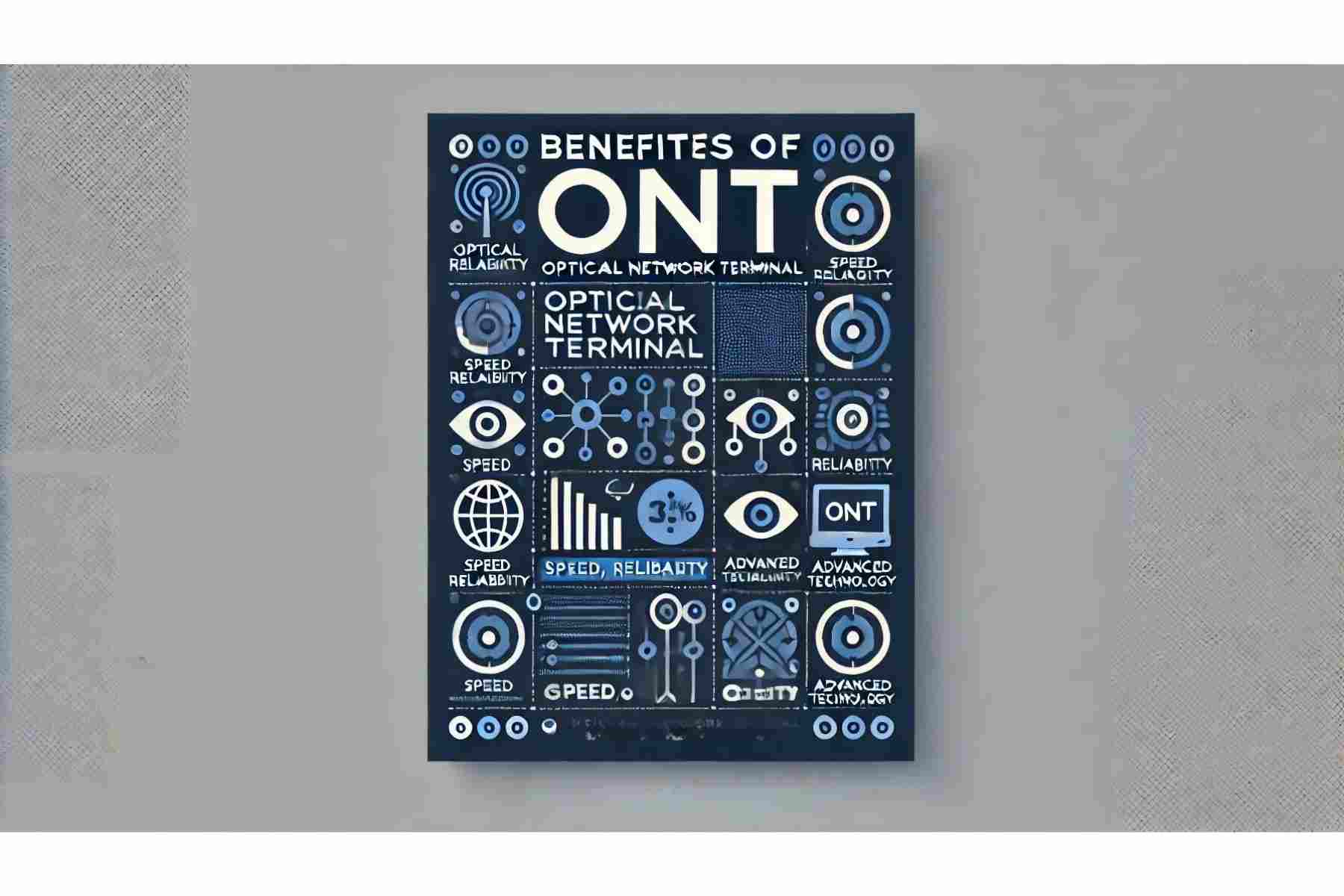
There are some benefits of employing ONT in your home or office. First, you don’t have to break the bank to pay for service. Secondly, you can access the web anywhere in your home or office, even during peak hours. Some of the main features and benefits of Optical Network Terminal are mentioned below:
Faster Speed:
Fiber networks provide faster speed as they use glass fibers of a diameter equal to human hair. Each fiber carries a message every single second, and hence the speed remains high.
More Bandwidth:
While using an Optical Network Terminal, you get a bandwidth of up to 100 Mbps, which is more than any user can ever consume.
Better Security:
It provides a better and safer connection as the signals on it travel on a longer path where hackers cannot access your system. It is easy for hackers to access your data on Wi-Fi as there are no wires at all.
Economical Costs:
You can lower your Wi-Fi expenditures by having an Optical Network Terminal in your home. Instead of upgrading your current modem, it is the wisest decision to add an Optical Network Terminal in your system.
What Is An ONT Cable?

First of all, you need to remember that Optical Network Terminal does not have its own cable. Instead, it uses fiber-optic cables to become a part of a broader network. Therefore, think of a standard fiber-optic cable whenever you hear someone using the term “ONT Cable.” A standard fiber-optic cable is used by the Optical Network Terminal to connect to the network.
ONT To Router:
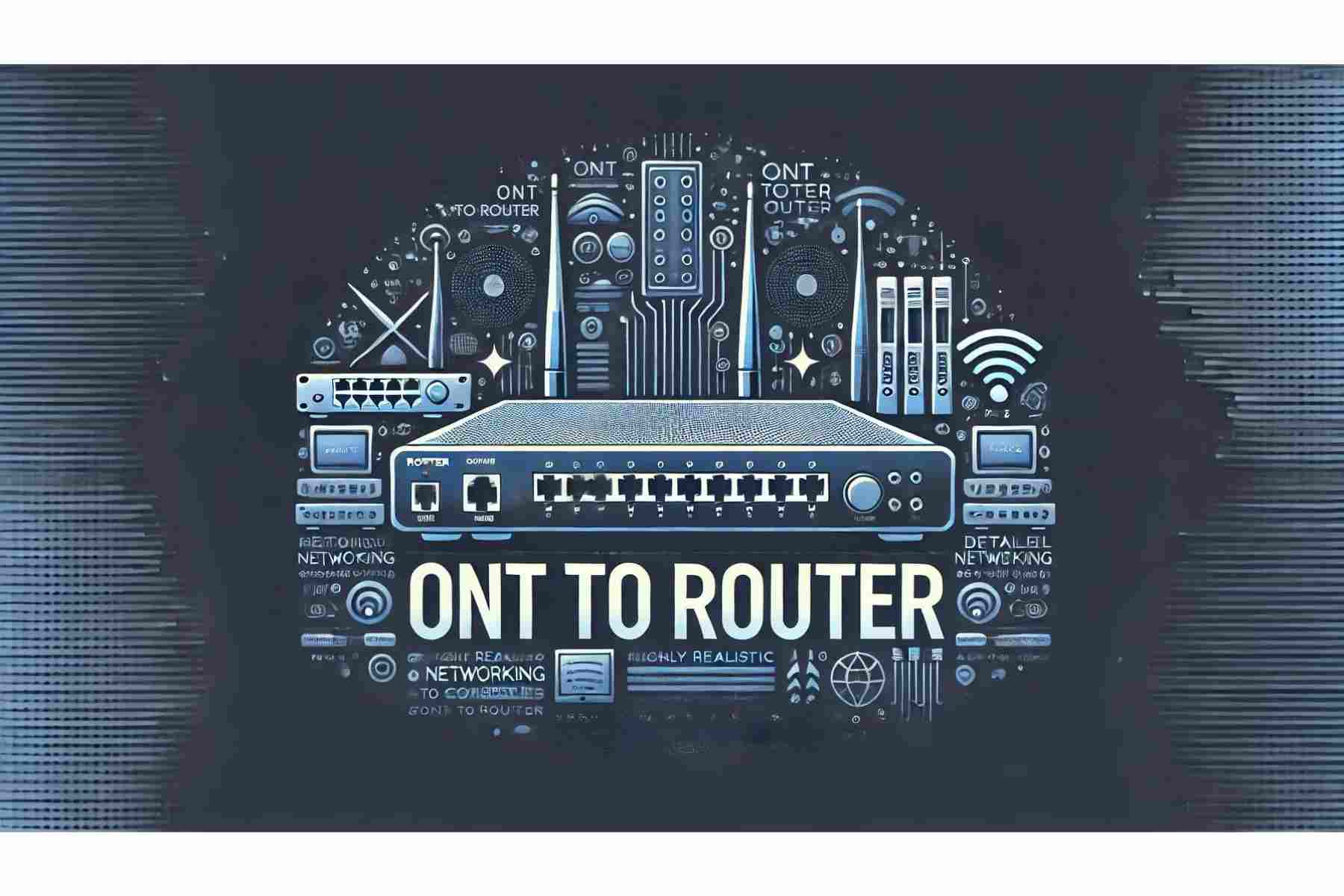
If you are considering connecting your Optical Network Terminal to a router, it can be done through a LAN or Ethernet cable. An ethernet cable converts optical information from an Internet Service Provider into electrical signals that are comprehensive for your router, and it can use these messages in your service.
Optical Network Terminal Vs Modem:
To address the questions like ‘Are an ONT and A Modem the same’? And ‘How Optical Network Terminal is different from a Modem’ we have gone through a number of technical articles to bring you a simple answer:
An Optical Network terminal is not a modem. Yes, it can function like a modem because it communicates with an ISP. In short, a modem converts digital signals to analog ones. An optical network terminal is like a modem, but only for fiber-optic networks.
Difference Between ONT and OLT:
Both the optical network terminal and optical line terminal are crucial components of PON but perform different functions. An Optical network terminal is located at endpoints and translates optical signals into electrical signals that are comprehensive for routers, computers, and printers. In contrast, an OLT is located at the central office of the network service provider or PoP (Point of Presence). It serves in aggregating and distributing data to a number of customers. It connects to multiple optical network terminals (ONTs) through PON.
Here is a brief illustration of the roles and functionalities of ONT and OLT:
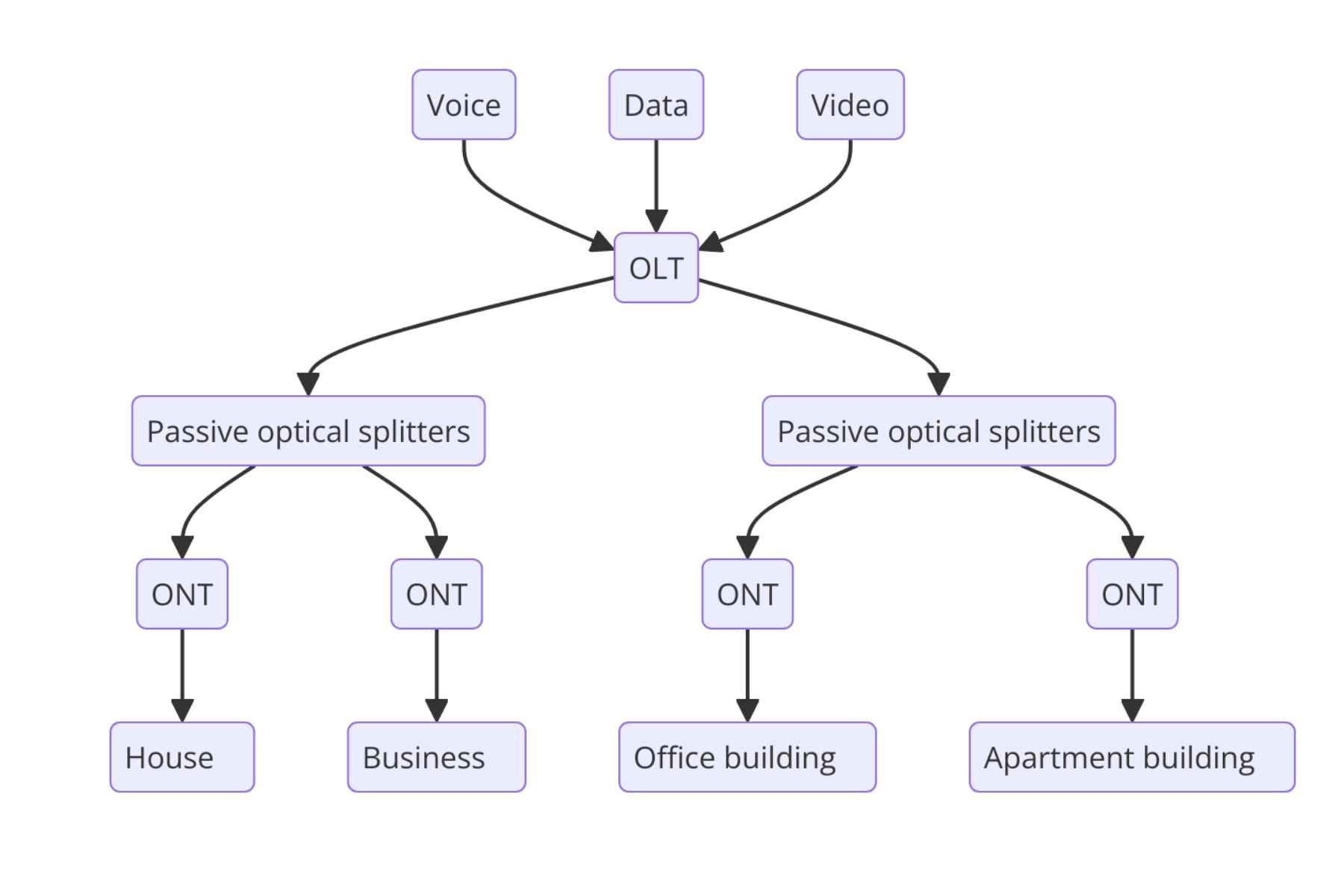
Conclusion:
Understanding the role of an ONT is important when setting up a fiber-optic network. It ensures faster speeds, more reliable connections, and better security for your home or office. However, you can get confused when talking about or considering optical network terminals within your system. Therefore, we have covered all essential aspects of ONT in this blog. If you still have any queries, you can reach us at Buyrouterswitch. Further, you can read about switches, firewalls, servers, and other networking accessories here.
Frequently Asked Questions:
What does ONT stand for?
ONT stands for Optical Network Terminal. It’s a device that converts fiber optic signals into digital signals that your devices can understand.
What is ONT on a router?
The ONT on a router is a component that connects your home to a fiber optic internet service, allowing your router to provide fast and reliable internet.
What does ONT mean on a router?
ONT on a router means Optical Network Terminal, which is essential for converting the fiber optic signals into data that your router can distribute to your devices.
Is ONT a modem or router?
No, an ONT is not a modem or a router. It’s a separate device known as an Optical Network Terminal which connects your home to the fiber optic network, converting light signals into data for your router to distribute to your devices.
What is the difference between DSL and ONT?
Optical network terminals are custom-made for fiber optics, whereas traditional modems or routers are used in DSL or cable systems. Besides, they are capable of handling the highest speeds and bandwidth. In addition, they can easily deal with light signals.




 Catalog
Catalog

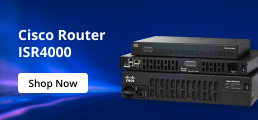














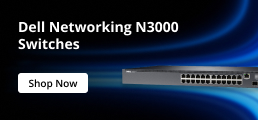











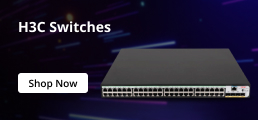





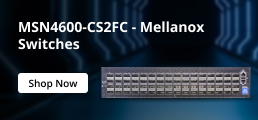









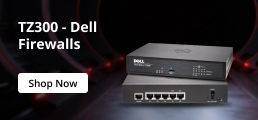



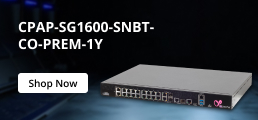
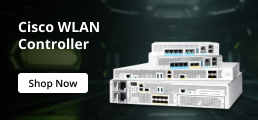









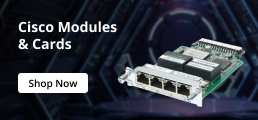











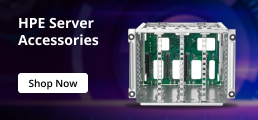
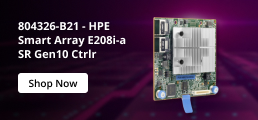









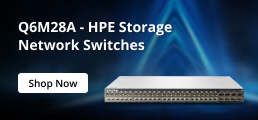


























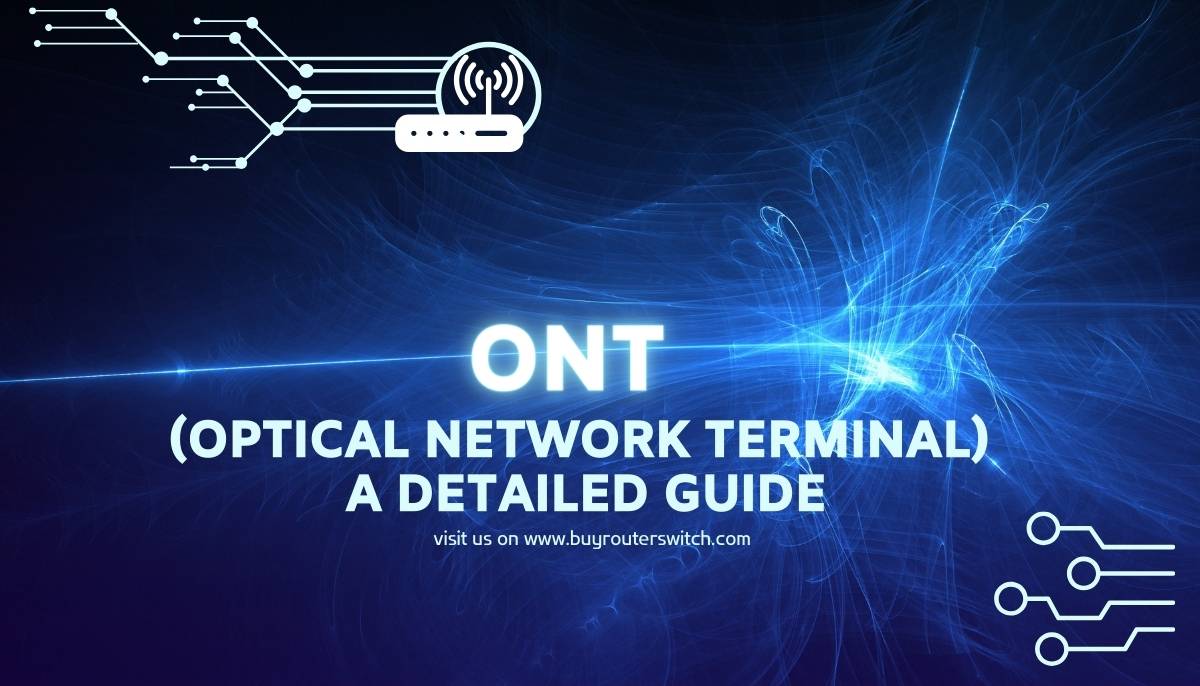
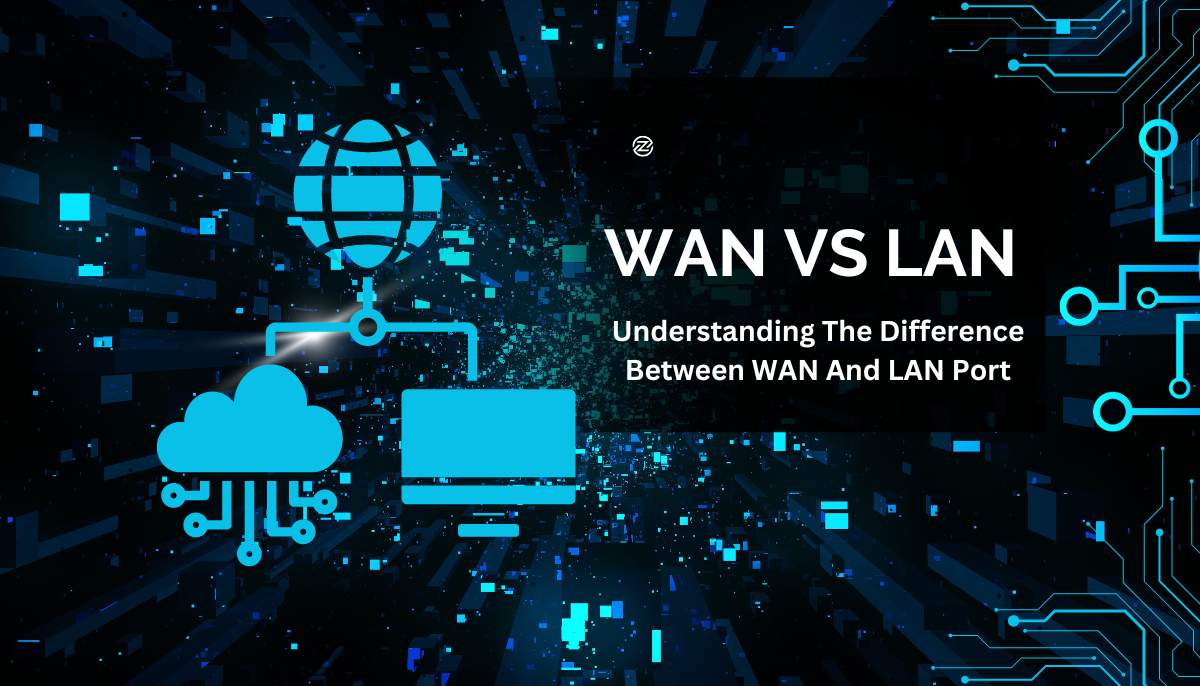
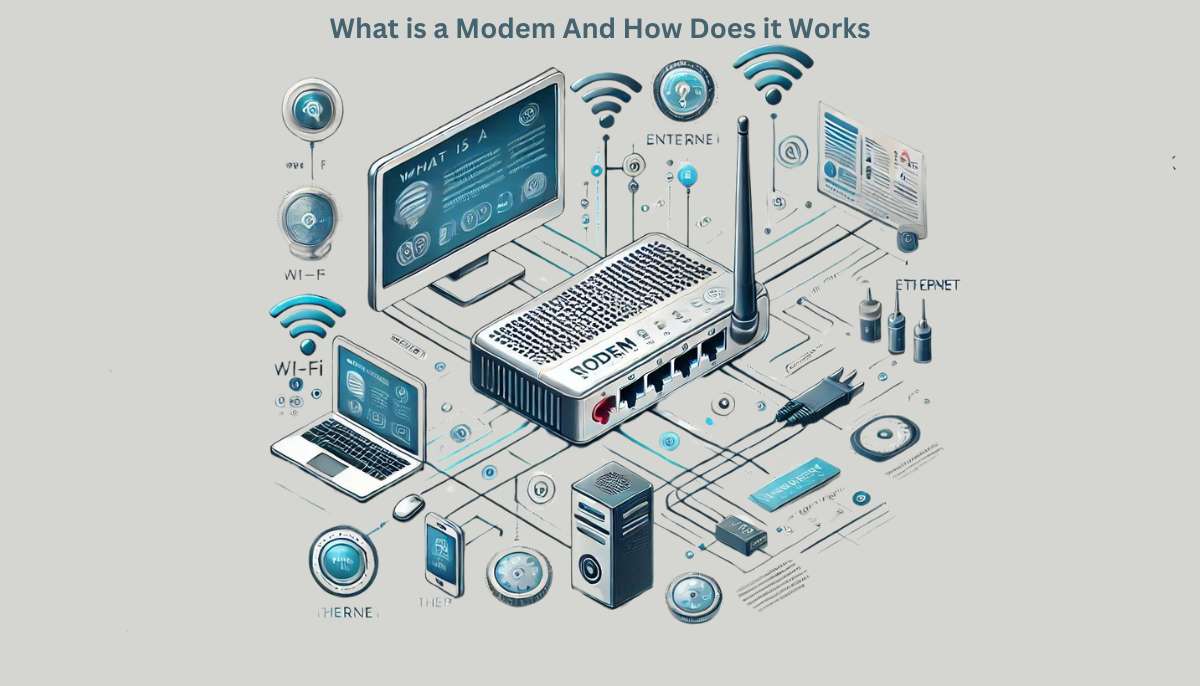
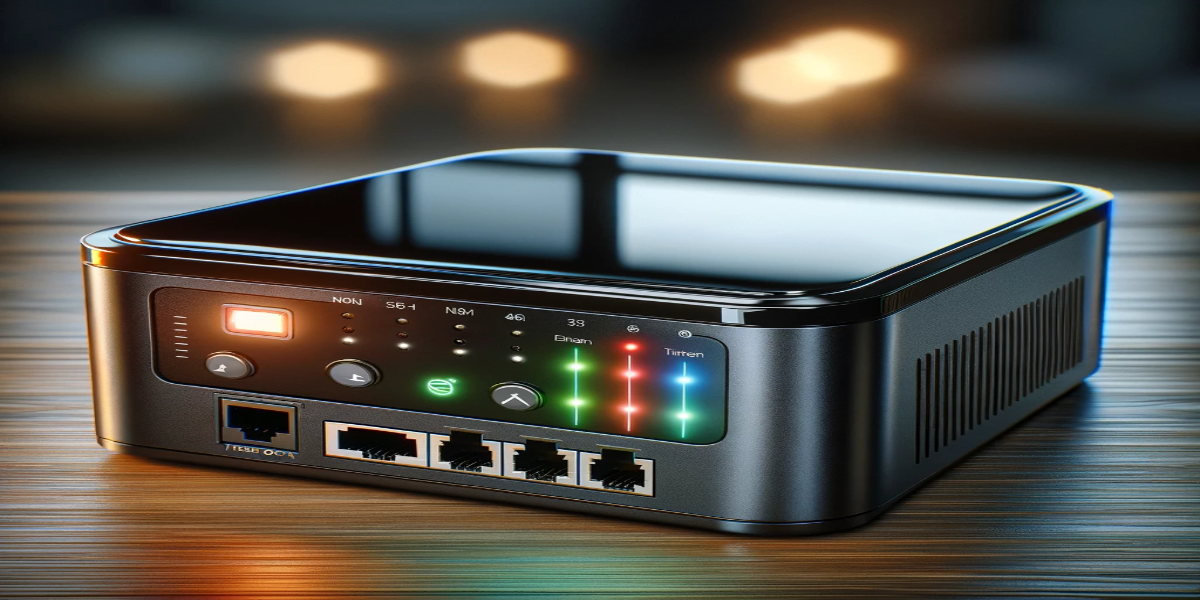




 (800) 870-9487
(800) 870-9487